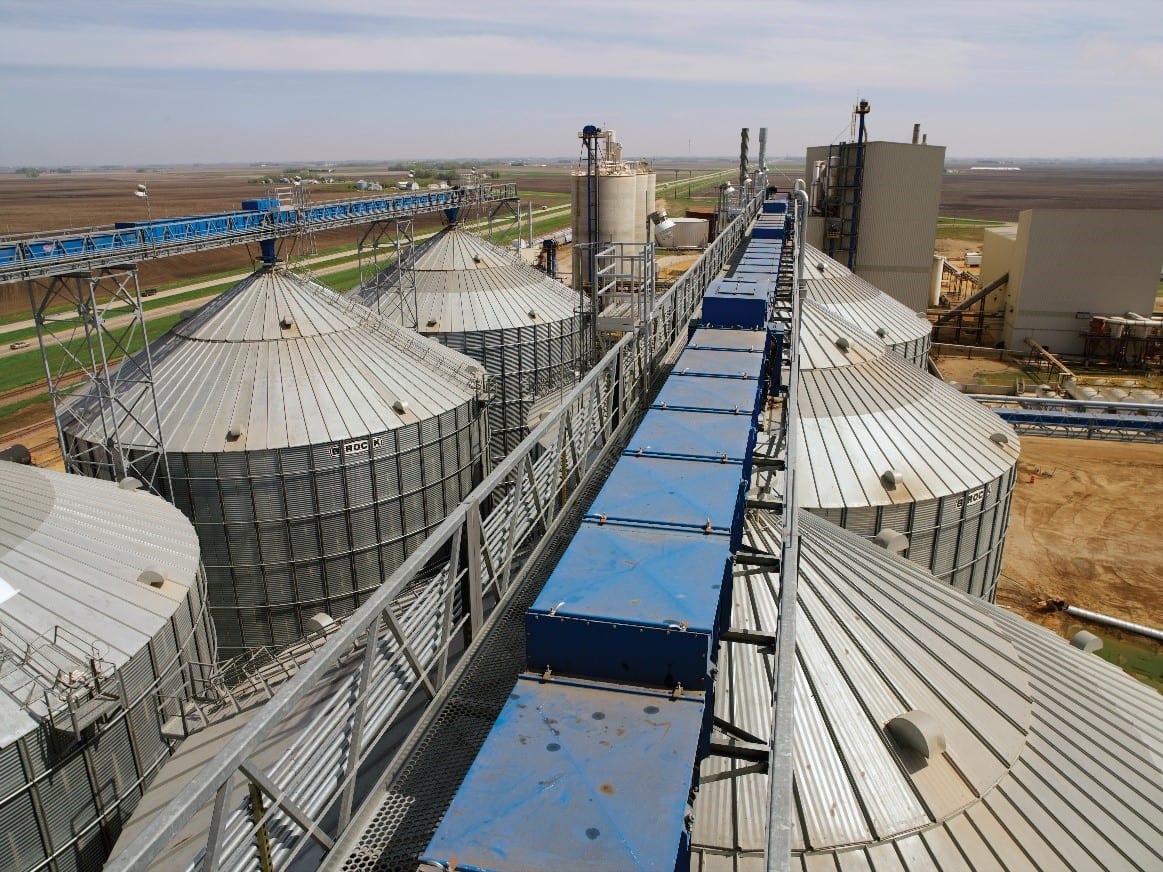We hear a lot about what soybean meal end users want: more protein, fewer indigestible soluble carbohydrates, a better amino acid profile, a less expensive product. But what would they prefer over all? Consistent higher value.
U.S. soybean meal is considered of high value when talking nutritional content versus cost—it’s why customers continue demanding it. But the market share of U.S. soybean meal could change at any moment.
If competing commodities and soybeans grown outside of the U.S. improve in nutritional profile and/or cost advantage, end users may start sourcing their protein elsewhere. Continuous improvement from all members of the U.S. soy value chain is the key to staying ahead of the competition and meeting customer needs.
Processors are taking back soybean meal quality
A number of factors contribute to determining the quality of soybean meal:
- Origin of inbound U.S. soybeans
- Condition of the soybeans
- Weather conditions
- Plant run rates
- Equipment used to process the soybeans
Variation of any one factor can make reaching the minimum soybean meal protein requirement challenging. Processors have to decide whether the investment in additional energy and effort to get that protein level up to the 47.5 to 48 percent range is worth the extra time and cost in comparison to a quality claim against their facility.
Now is the time for processors to take back control of what they can influence. Changes to consider include:
- Facility upgrades. Equipment and technology updates cost money and often require downtime, but processors who invest in these upgrades find that the increased efficiency is well worth the upfront costs.
- Source better beans. Processors can also prepare to accept soybeans with above-average protein content in their market. Just a 1 percent increase can make a big difference in soybean meal output with efficiently functioning equipment, but larger protein content increases would hold more profit potential if treated similarly to a soft IP.
The savings in energy and reduction of quality claims are the first opportunities for capital gains for processors. After time, customers in those markets will realize that certain facilities are willing to capture the potential from every load of soybeans and will have incentive to pay more for that product—a win-win situation for the processor.
Times are changing
This is just the beginning.
What if all U.S. soybeans were ranked consistently higher in average meal quality and protein content? That’s the goal U.S. soybean farmers have extended to the industry. In fact, research is already underway.
Even though it will be a number of years before most traits will be available to farmers, they know that it will be well worth the wait. Take any of the new herbicide-tolerant traits or high oleic soybean varieties for instance. They didn’t appear overnight, but farmers are excited about the opportunity these traits bring.
“Farmers don’t just grow bushels; we grow protein and oil. We can choose to plant varieties that will have better meal profiles, but transferring that additional quality to end-use customers is out of our hands after harvest,” says Dan Corcoran, an Ohio soybean farmer and a United Soybean Board farmer-leader. “We are all members of the value chain and need to acknowledge and take advantage of the opportunities that the additional value we’re bringing to the market affords our end user. We can’t do it alone.”
Eventually, soybeans grown across the U.S. will be bred with improved meal profiles. Processors stand to reap the benefits of a value-added and more consistent product that better suits the needs of our end users, but the reward won’t be realized unless processing facilities are ready to capture that increase in meal quality.
What will be your approach to the changing demands of soybean customers?
